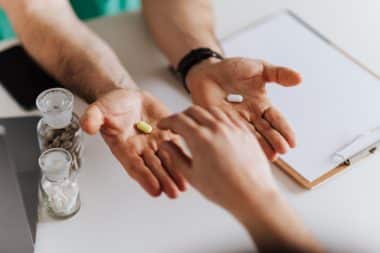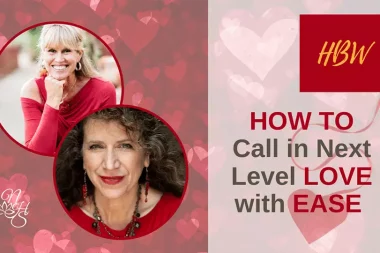Body language is the meaning behind the words or the “unspoken” language. Surprisingly, studies show that only up to an estimated 10 percent of our communication is verbal. The majority of the rest of communication is unspoken. This unspoken language isn”t rocket science. However, there are some generalizations or basic interpretations that can be applied to help with the understanding or translating of these unspoken meanings. Here are some basics below.
Smile — People like warm smiles. Think of a heartfelt warm-fussy, maybe your favorite pet, and smile.
Eyes – -If you don”t look someone in the eyes while speaking, this can be interpreted as dishonesty or hiding something. Likewise, shifting eye movement or rapid changing of focus/direction can translate similarly. If more than one person is present in a group, look each person in the eye as you speak, slowly turning to face the next person and acknowledge him or her with eye contact as well. Continue on so that each person has felt your warm, trusting glance. Some suggest beginning with one person and moving clockwise around the group so that no one is missed, and so that you are not darting around, seemingly glaring at people.
Attention Span / Attitude — Other people can tell what type attitude you have by your attention span. If you quickly lose focus of the other person and what is being said, and if your attention span wanders, this shows through and makes you seem disinterested, bored, possibly even uncaring.
Attention Direction — If you sit or stand so that you are blocking another in the party, say someone is behind you, this can be interpreted as rude or thoughtless. So be sure to turn so that everyone is included in the conversation or angle of view, or turn gently, at ease and slowly, while talking, so that everyone is incorporated, recognized and involved in the conversation. Again some suggest the clockwise movement when working a group.
Arms Folded / Legs Crossed— This can be seen as defensive or an end to the conversation. So have arms hang freely or hold a glass of water, a business card or note taking instruments while communicating with others. Be open with open arms. Note: If you need to cross legs, cross at your ankles and not your knees. Sitting tightly folded up says that you are closed to communications.
Head Shaking — This is fairly accurate. If people are shaking their heads while you speak, they are in agreement. If they are shaking, “no,” disagreement reigns in their minds.
Space / Distance — On the whole, people like their own personal body space. Give people room and keep out of their space. Entering to close can be intrusive and viewed as aggressive.
Leaning — Sitting or standing, leaning is viewed as interest. In other words, an interested listener leans toward the speaker.
Note others’ body language — While you are with others, note how their bodies read. If a person suddenly folds his arms across his chest and begins shaking his head “no,” you”ve probably lost him. Might try taking a step back and picking up where the conversation began this turn for the negative and regroup. It”s all about strategic planning!






Reply